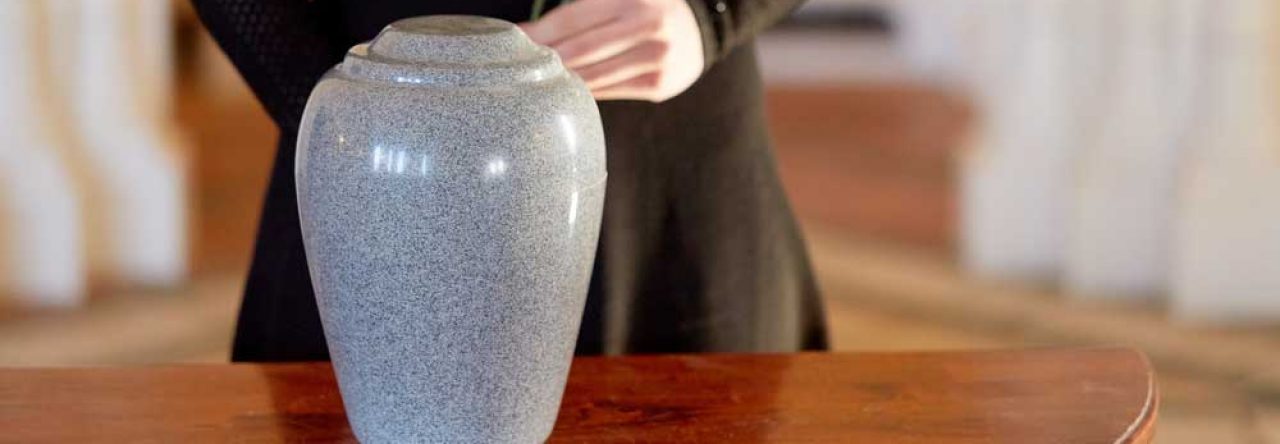Chilblains are lesions that happen on the foot that are more prevalent in the colder climates. Understanding the reason for any problem goes some distance to help being aware of what is occurring with them, how to prevent them and the way to handle chilblains. This is really the case with chilblains. While they solely occur in chilly environments, they are not really caused by the cold. Many people that do not get them get cold as well and they don't develop chilblains. Likewise, some people get chilblains with even little alterations in temperature and it not being too chilly. This means that there is lots more going on than only the cold that usually gets blamed for producing them.
Within the skin there are a lot of small arteries (the microcirculation) that help control temperature within the body. When we become cool, those arteries constrict in order to save heat deeper in the body. When we are warm, these capillaries open up and bring the blood closer to the surface in order that we are able to disperse warmth to cool the body. It is deemed an important normal function. With a chilblains the blood vessels constrict just like they usually should, but when the foot is warmed, the blood vessels stay closed when they should not be. Because of this waste material start to build up within the skin and there is no blood flow to eliminate them. This leads to an inflammatory response along with the release of chemical compounds making the chilblain painful and itchy. Sooner or later the arteries do open and the immediate rush of blood to the chilblains will cause additional irritation and also pain. The primary appearance is a darkish blue sore, but this might be a reddish look following that rush of blood. When this pathology is frequent every day, then they could become a chronic patch.
Just why in certain individuals the blood vessels remain closed for a longer time in wintry environments in unknown. They are definitely more prevalent in females, suggesting that there might be some kind of hormone affect on the pathology. On the other hand, males do can also get chilblains, thus if it is hormone connected, then that is not the only factor. Astonishingly for a thing that can be so common, there is certainly somewhat little research been done to try and consider this.
Making use of this information about what's causing it will help people prevent and treat chilblains. Needless to say the first thing to do is not allow the feet to become cool and maintain them warm. Should the feet become cold, then it is really important that they are warmed up very slowly so that the microcirculation to have a opportunity to react to the higher demand in the tissues and the capillaries can open up to match that demand. This means that the waste material tend not to accumulate and the inflammatory reaction process is not commenced. When that pathology does start, then your course of treatment needs to go on to reduce that inflammatory reaction process and help remove those waste elements which have accumulated within the skin.
